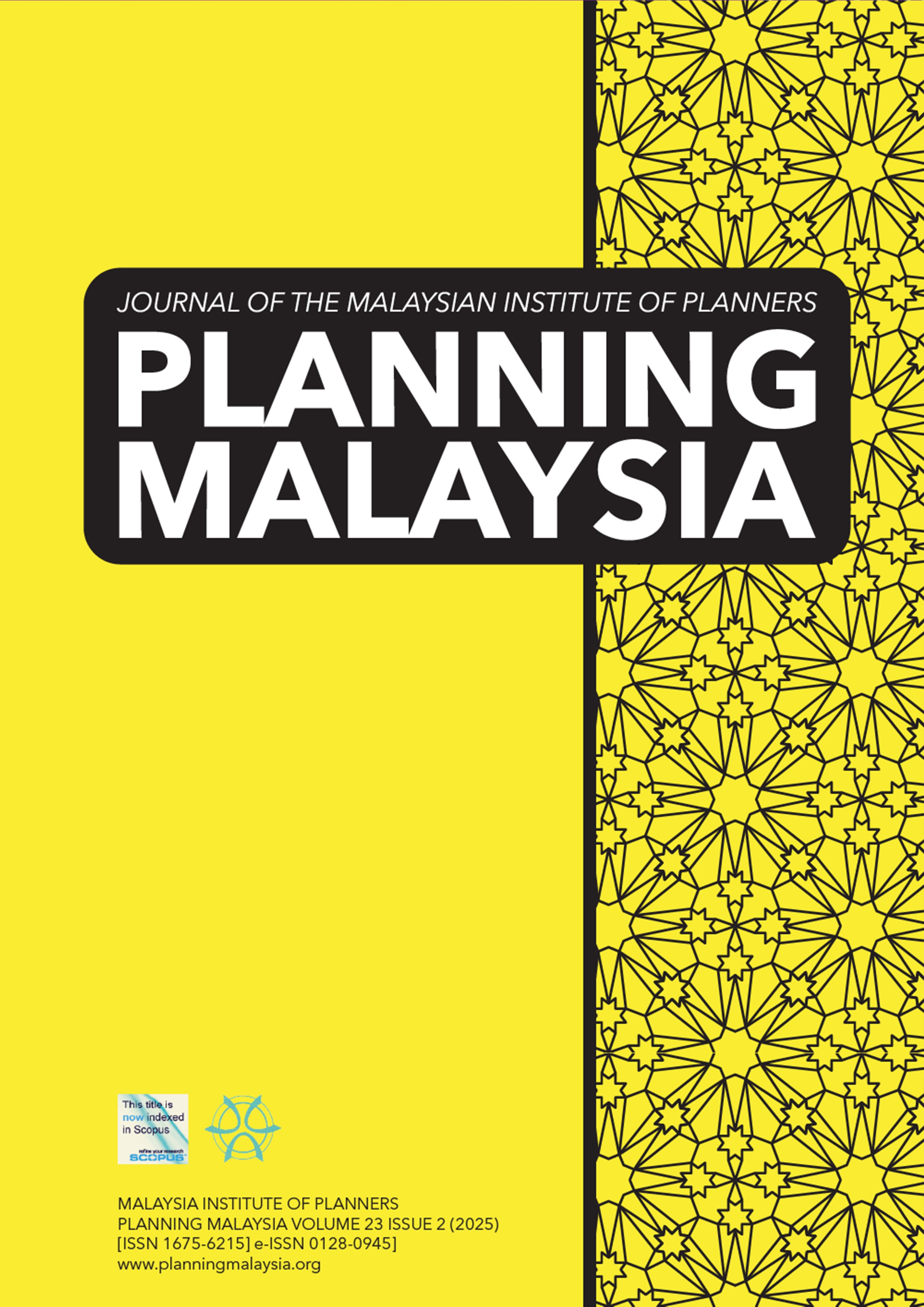DOCUMENTING THE CULTURAL CEREMONIES OF ORANG ASLI PAHANG
DOI:
https://doi.org/10.21837/pm.v23i36.1720Keywords:
Intangible Cultural Heritage, Cultural Ceremonies, Orang Asli PahangAbstract
The Orang Asli Pahang celebrate their heritage with vibrant ceremonies embodying the spirit of community, culture, and nature. This study aims to develop a digital documentation strategy to archive the cultural ceremonies of the Orang Asli Pahang in a cultural repository. This will preserve and enhance access to this cultural information, filling gaps in collective memory and improving documentation of lesser-known communal ceremonies to help revive the cultural heritage. Purpose: The primary objectives of this paper are (i) to document the cultural ceremonies of Orang Asli Pahang, and (ii) to assign themes to the cultural ceremonies widely applicable to all tribes of the Orang Asli in Pahang. Method: Qualitative research method is employed to explore, document and thematize the cultural ceremonies of Orang Asli Pahang. Such methods include content analysis, semi-structured interviews, and thematic analysis. Findings: There exists a rich tapestry of cultural ceremonies that interrelate with other domains of cultural heritage. These cultural ceremonies are commonly motivated by marital celebrations, ancestral honorations, supernatural phenomena, and occasional communal feasts. Concerning all tribes of Orang Asli Pahang, the cultural ceremonies are thematized under rite of passage-related, ancestor-related, supernatural-related, and communal feast-related. The findings also highlighted the urgency to digitally document the Orang Asli Pahang's cultural ceremonies. Respondents remember individual rites of passage but struggle to recall communal ceremonies involving feasts, ancestors, and the supernatural.
Downloads
References
Abu Bakar, A., Mohamed Osman, M., Bachok, S., & Ibrahim, M. (2014). Analysis on Community Involvement in Cultural Activities: Transmission of Ethnic Language. Planning Malaysia, 12(4). https://doi.org/10.21837/pm.v12i4.127 DOI: https://doi.org/10.21837/pmjournal.v12.i4.127
Chan, C. S., & Saidon, Z. L. (2017). Advocating contemporary traditional indigenous Semai music through an exploration of youth interest. International Journal of Academic Research in Business and Social Sciences, 7(7), 454-463. DOI: https://doi.org/10.6007/IJARBSS/v7-i7/3114
Ghani, Erlane K., Kamaruzzzaman Muhammad, and Razinah Hassan. Understanding the influence of Remoteness on Culture and Socio-Economic of the Orang Asli in Malaysia. PalArch's Journal of Archaeology of Egypt/Egyptology 17.2 (2020): 366-376
Goh, Y. S., & Teh, P. Y. (2022). Ceremonies and the theory of inclusive development in Malaysia: Perspectives from a ceremony organizer. ASEAS-Advances in Southeast Asian Studies, 15(2), 295-307.
Lazaro Ortiz, S., & Jimenez de Madariaga, C. (2022). The UNESCO Convention for The Safeguarding of The Intangible Cultural Heritage: A Critical Analysis. International Journal of Cultural Policy, 28(3), 327-341. DOI: https://doi.org/10.1080/10286632.2021.1941914
Linggang, D. A. D. J., Wirunsakunphiban, W., & Nusen, R. (2024). Mah Meri’s Main Jo-Oh (Hari Moyang Puja Pantai Ritual Dance): From Traditional to A Tourism Art Entertainment. Jurnal Gendang Alam, 14(1), 64-79. DOI: https://doi.org/10.51200/ga.v14i1.5182
Monova-Zheleva, M., Zhelev, Y., & Nikolova, E. (2020). Intangible cultural heritage presentation and preservation–Challenges and Opportunities for Museum Specialists. Digital Presentation and Preservation of Cultural and Scientific Heritage, 10, 233-240. DOI: https://doi.org/10.55630/dipp.2020.10.19
Selkani, I. (2018). Ceremony attractiveness literature review. International Journal of World Policy and Development Studies, 4(9), 89-97. DOI: https://doi.org/10.32861/ijwpds.49.89.97
Shaari, J., Zulkifli, N. B. I., Abu, R., Wan, C. W. I. R. C., Razab, N. A., & Embong, A. M. (2024). Orang Asli Knowledge–The Wisdom Inheritance of Indigenous Peoples. Educational Administration: Theory and Practice, 30(5), 11952-11966.
Tume, T. K. (2021). Awarawari’rawa… performing statehood for unity in the Nigerian National Ceremony of Arts and Culture. South African Theatre Journal, 34(1), 47-59. DOI: https://doi.org/10.1080/10137548.2022.2074533
United Nations Educational, Scientific and Cultural Organization (UNESCO). 2003. Implementing the Convention for the Safeguarding of Intangible Cultural Heritage.
Zuhairi, M. H., Rosnon, M. R., & Shaari, J. (2020). A systematic review on the Mah Meri people in Malaysia. International Journal of Academic Research in Business and Social Sciences, 10(16), 73-95. DOI: https://doi.org/10.6007/IJARBSS/v10-i16/8293
Downloads
Published
How to Cite
Issue
Section
License

This work is licensed under a Creative Commons Attribution-NonCommercial-NoDerivatives 3.0 Unported License.
Copyright & Creative Commons Licence
eISSN: 0128-0945 © Year. The Authors. Published for Malaysia Institute of Planners. This is an open-access article under the CC BY-NC-ND license.
The authors hold the copyright without restrictions and also retain publishing rights without restrictions.


